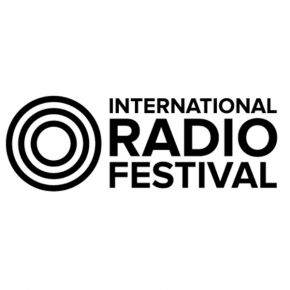NRM samples regional flavours on day 2
PUNE: �Radio stations in regional areas must go the regional way and follow the local flavour', was the mantra at the second day of the National Radio Meet at the Symbiosis institute of Media and Communication, Pune, held over the weekend.
Addressing the issue were regional commercial FM stations from all corners of India- Club FM general manager George Sebastian, Radio Dhoom CEO Sanjeev Kumar Singh, Radio Choklate CEO Monica Nayyar and All India Radio RJ Mamta Dixit.
Using a Bhojpuri flavour for his station, Singh stressed that 70 per cent of his station's programming is occupied by regional music and radio stations must use the 30 per cent effectively. 30 per cent of the programming constitutes packaging of the station right from station ID, promos etc. and regional stations must exploit it for establishing their positioning.... He added that each city has its own sensibilities and personality, radio stations have to identify it and shape their station accordingly.
Articulating that radio plays a greater role in local lives in small towns, Singh said, �It is an era of revolution where active listeners are creating content for radio stations and once that shapes up, there is nothing to stop regional radio from flourishing. Regional players are more active at the grass roots and are capable of making more revenues with deeper reach....
Radio stations are moving from �scheduled programming' to �on demand programming' to suit consumer preferences, so the key for regional players is to think globally and act locally,... concluded Singh.
Mapping the advent of commercial radio in India, AIR RJ Mamta Dixit took the audience down memory lane talking about the competition between AIR and FM radio. AIR FM Rainbow in late 1990s essentially became a tool for education, information and entertainment. In 2002-2003, Radio Mirchi was launched as the first FM commercial radio in India and adapted the nuances of FM Rainbow and gave away all the elements of mainstream radio....
Commercial spots were the only source of revenue for radio stations and the pie got divided between AIR and FM. To compete, AIR started innovating and started 24 hours of broadcast and introduced more variety with each hour showcasing differential content and presenter....
Dixit mentioned that AIR embraced DAB (Digital audio broadcasting) to fight back the interactivity by FM radio stations. Connected through satellite, our stations can be heard live from across the country and AIR stepped into the telecom space with SMS and interactivity, we have to make money or else we will be chalked out by the FM space....
Sebastian started with a suggestion for the betterment of regional radio players by mentioning that the Grant of permission Agreement (GOPA) must be locally relevant, and that government should allow broadcast of news, current affairs, sports, events etc.
The key for regional FM players, he said, was to know listeners, their city and its features. Talking about the advertising opportunities in these areas, Sebastian spoke about the �Business tuner meets' Club FM organizes to educate advertisers in the local markets. The advertising pie in our markets consists of 70 per cent retail and 30 per cent of national advertisers....
Monica Nayyar initiated the talk with her journey into launching the first private FM station in Orissa. She unraveled the process of making of a radio station right from the brand name and the tagline. Initially we started playing 60 per cent of Bollywood music and 30 per cent of regional Oriya music but later we had to change our proposition and we now play 60 per cent Oriya and 40 per cent of Hindi music....
Owing to the popularity of running the only commercial station in Orrisa, Radio Choklate had over 202 local advertisers on board in a month. Gradually, the advertising pie is maintained at 40 per cent of national advertisers and 60 per cent local....
The first session concluded with the launch of Symbi FM powered by Radio One. Symbi FM, Symbiosis claims is the first institute to have slots in a national level radio station, Radio One in India. The students of Sybiosis will hit the airwaves of Pune Radio One every weekday between 4-5 pm. Radio One MD Vineet Singh Hukmani said at the launch that a history has been created and starting with Pune, Radio One would like to have Symbi FM at Bangalore and Delhi as well.
Send in your comments to: anita.iyer@indiantelevision.co.in














